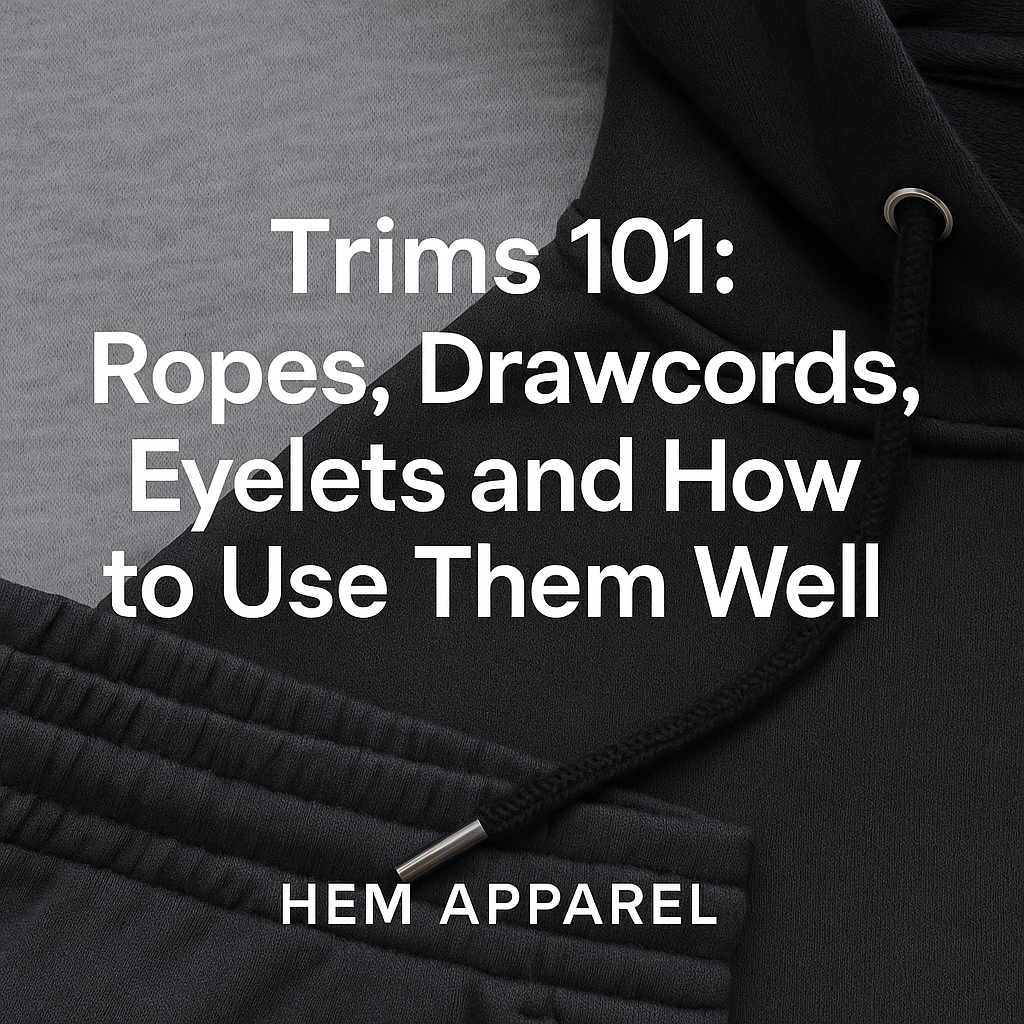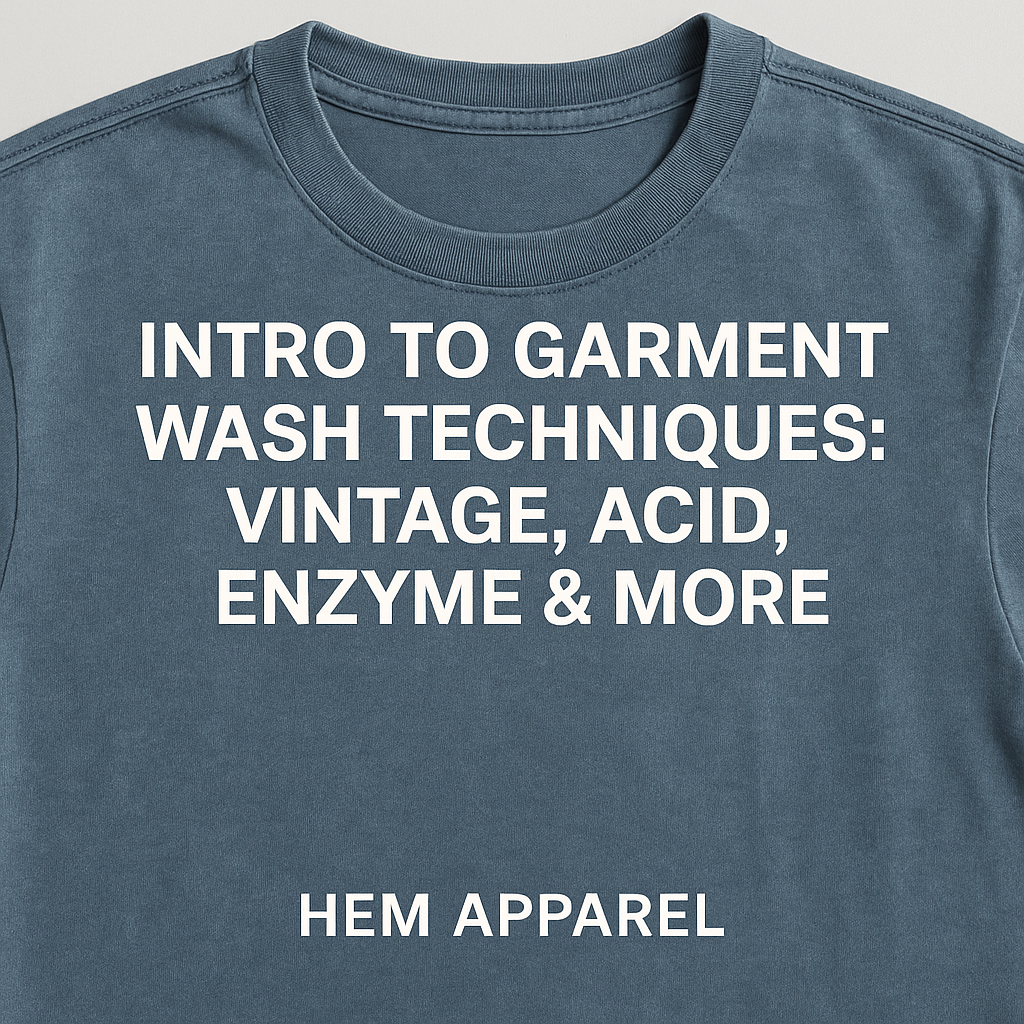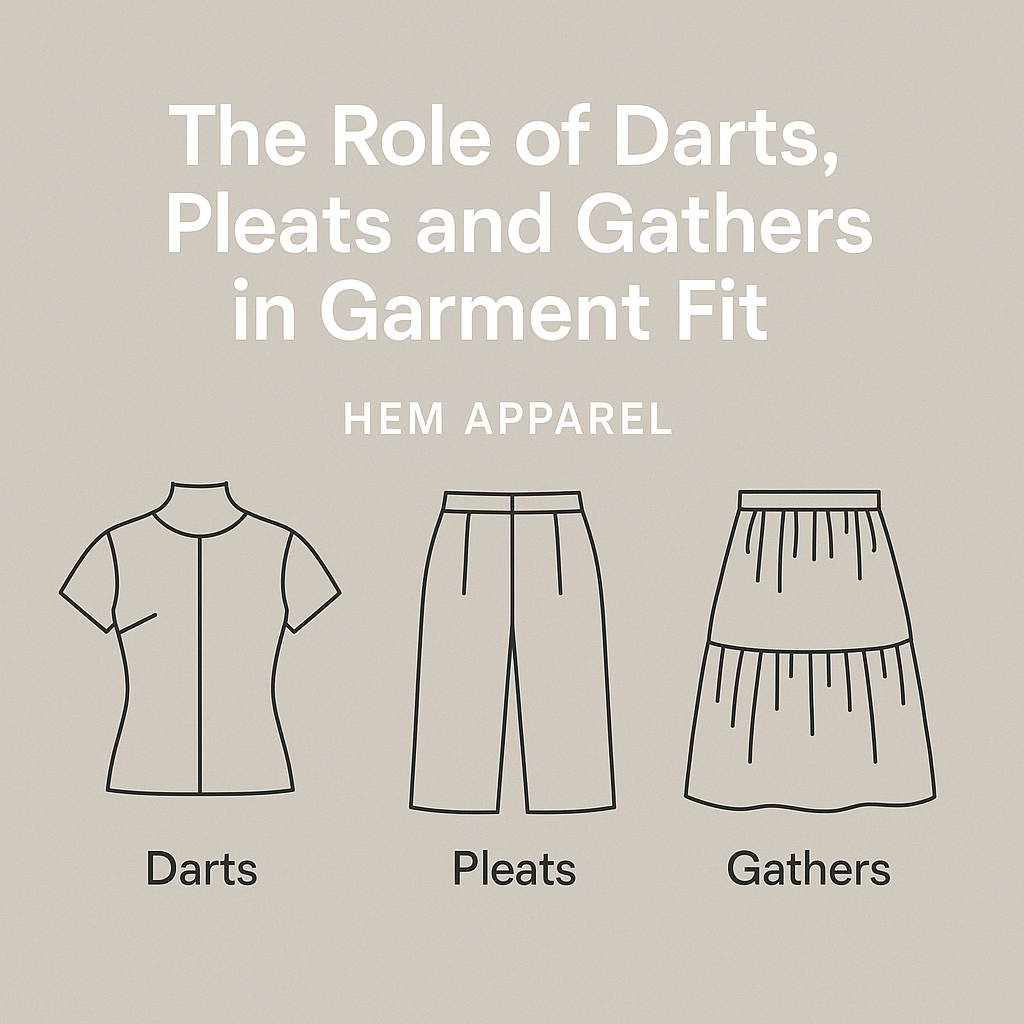Corduroy has made a strong comeback — from vintage-inspired pants to modern streetwear jackets. But what makes this fabric unique, and when should you use it?
At HEM APPAREL, we work with various types of corduroy — from soft baby wale to heavyweight wide wale — helping brands bring texture and depth to their collections.
🧵 What is Corduroy?
Corduroy is a woven fabric with vertical ridges, called “wales.” These wales are formed by cutting extra yarns woven into the base fabric.
The number of wales per inch defines the look and weight:
-
Wide wale (6–8): Chunky, bold, retro
-
Mid wale (10–14): Most common, balanced texture
-
Pinwale / Baby wale (16+): Finer, softer, dressier
🎯 Why Use Corduroy?
✅ Texture that stands out
Corduroy adds depth and contrast — perfect for layering pieces like overshirts or work jackets.
✅ Warm & durable
The weave traps heat, making it ideal for cool-weather wear.
✅ Versatile style
Dress it up (trousers, blazers) or down (utility pants, caps, chore jackets).
🧥 Best Uses in Fashion
-
Streetwear: Oversized corduroy shirts, baggy pants, trucker jackets
-
Workwear: Durable outer layers with structure
-
Fall/Winter collections: Adds warmth and retro appeal
-
Accessories: Corduroy caps, tote bags, bucket hats
⚠️ Things to Consider
-
Corduroy can shrink — pre-shrunk or enzyme-washed versions are safer
-
Color looks richer with corduroy, but it may fade unevenly over time (which some brands love)
✅ For pigment-dye or vintage-wash aesthetics, corduroy delivers great results
🧠 HEM APPAREL’s Tip:
Want to add subtle texture to your collection? Start with baby wale corduroy in muted tones for shirts or pants.
Want bolder impact? Use wide wale in earthy tones with boxy cuts — perfect for FW drops.





